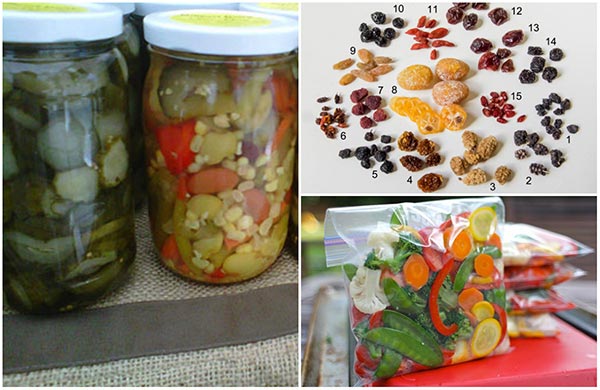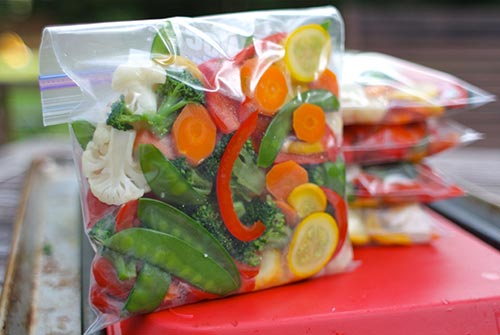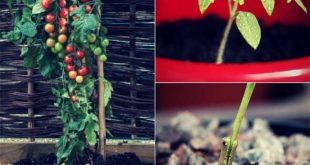6 Ways to Preserve Your Fruit and Vegetable Harvest
It’s ok to admit it: canning is not always all it’s cracked up to be. It means a hot kitchen on what will probably be a hot day. It means clamps and jars and tongs and really big pressurizers. It means spending a whole day feeling like your in a sauna-like factory.
But what’s a clever DIYer with a green thumb to do when they’ve been blessed with a plentiful harvest? There’s no way your conscious could let these delicious and nutritious goodies go to waste. Luckily, when it comes to preserving our hard-fought harvest of fruits and vegetables, there are a lot of great (and simple) options.
1. The freezer is your friend.
The process of freezing your food is not only very simple, it makes for a simple meal in the future. Get ready to fall in love with yourself over and over again throughout the year when you open the fridge to grab a batch of pesto or last fall’s apple sauce.
Have a pile of tomatoes that reaches a mile high? Perfect. Take an hour or so to gather them up, chop them, and make a huge batch of your favorite red sauce. Let it all cool down, and simply bag them up for freezing. Repeat with any of your favorite sauces and get ready for hassle-free and delicious eats in the coming months.
2. Utilize the dehydrator…or your oven
Have a ton of dried fruits with nowhere to go but to the flies? The dehydrator has you covered. The prep process will take you about 40 minutes from garden to dehydrator. Simply pick, cut, and layout on the many levels of the machine. Then, depending on the food, set the timer, kick your feet up, and get ready to eat smart and healthy on your own time.
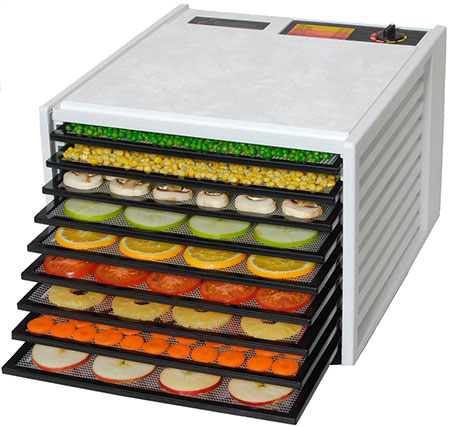
No dehydrator in sight? No worries. Setting your oven on its lowest possible temperature—no higher than 180 degrees fahrenheit—makes for great kale chips, sour cherry chews, apple crisps, oven-roasted tomatoes, and a bevy of dried and delightful citrus slices. Don’t know how your oven will perform? Depending on the food, higher temperatures will still be ok for dehydration. Give it a test run with a small batch first. Once you’ve found the right temperature, you’ll be snacking on and cooking with these treasures throughout the year.
3. Pickle for the pinch.
Who doesn’t love a good pickle? If you have a particularly go-getter batch of cucumbers this year, pickling is a wonderful way to enhance your crop and to keep them all crispy and delicious. Don’t stop the fun with cucumbers! Tomatoes, beets, carrots, and almost anything you can try is worth the little time and effort that it takes to begin your pickling adventure.
Simply wash and chop your vegetables in any desired size and shape. You may want to blanch or briefly cook some vegetables in boiling water. This is best to do with carrots, beets, ginger, and other harder foods. Softies like tomatoes or cucumbers don’t need this extra attention. Next, you can arrange your veggies into jars. Mix and experiment with different combinations of herbs and veggies. Add some dried chile peppers, mustard seed, turmeric, cumin, celery seed, jalepeño pepper, oregano, or anything else you’d like to try.
After your ingredients are ready to go, it’s time to make a brine. This can be a sweet or sour brew depending on the sugar content. Basically, you’ll need about 3 cups of distilled white vinegar, 3 cups water, and a dash of salt and sugar (or in the case of sweet brines, about 1.5 cups sugar). Boil ingredients until all is dissolved and let cool. Once the brine is cool and ready, fill the jars, seal the lids, and refrigerate for at least a day.
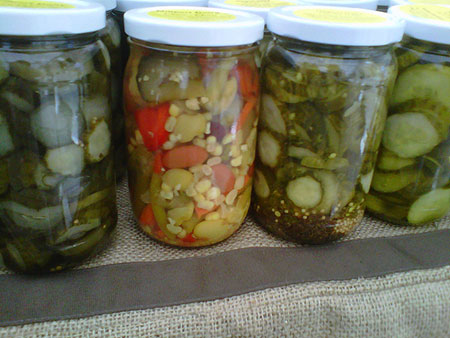
page 1 of 2
 Home and Gardening Ideas At home and Gardening ideas we believe inspiring readers about homesteading, self sufficiency
Home and Gardening Ideas At home and Gardening ideas we believe inspiring readers about homesteading, self sufficiency
